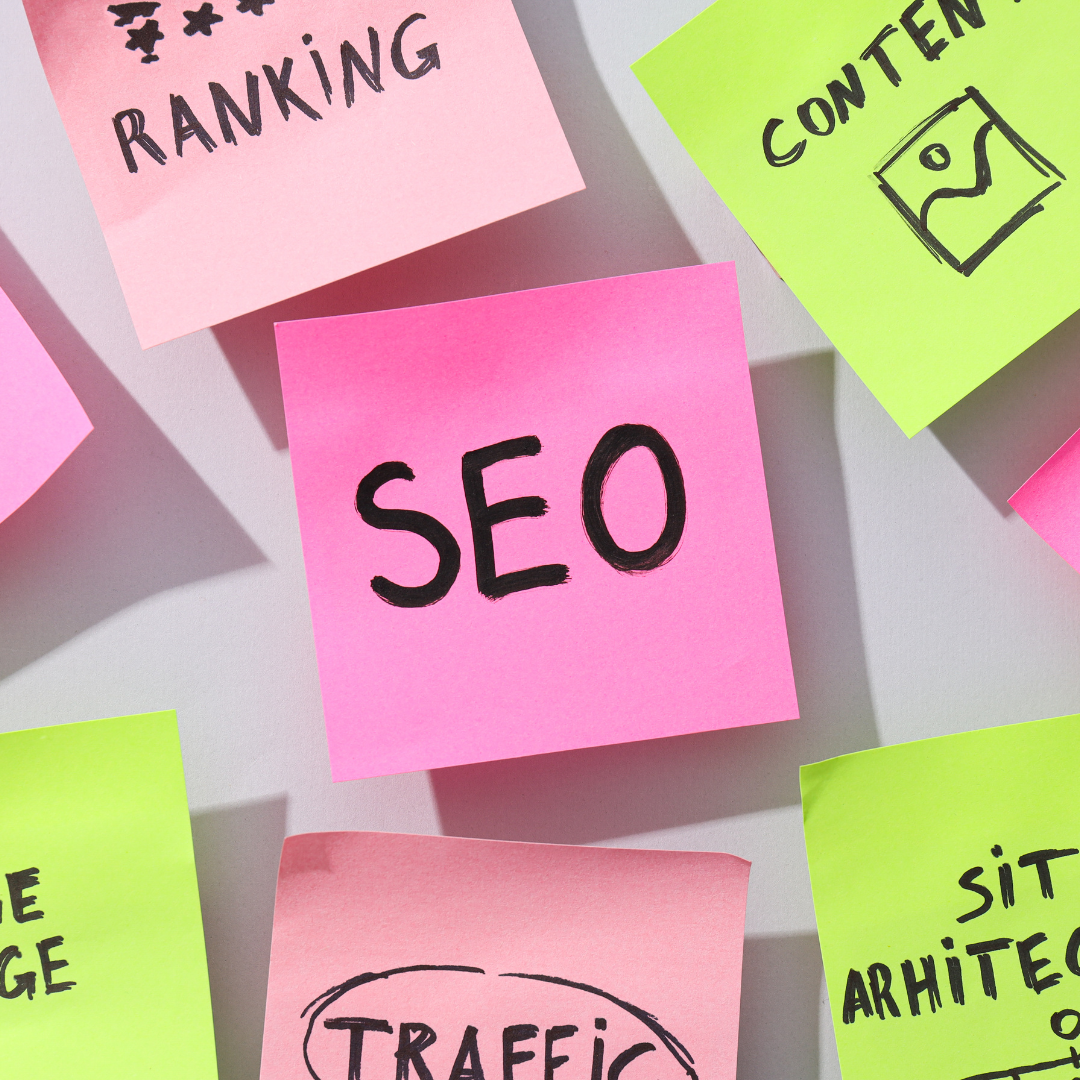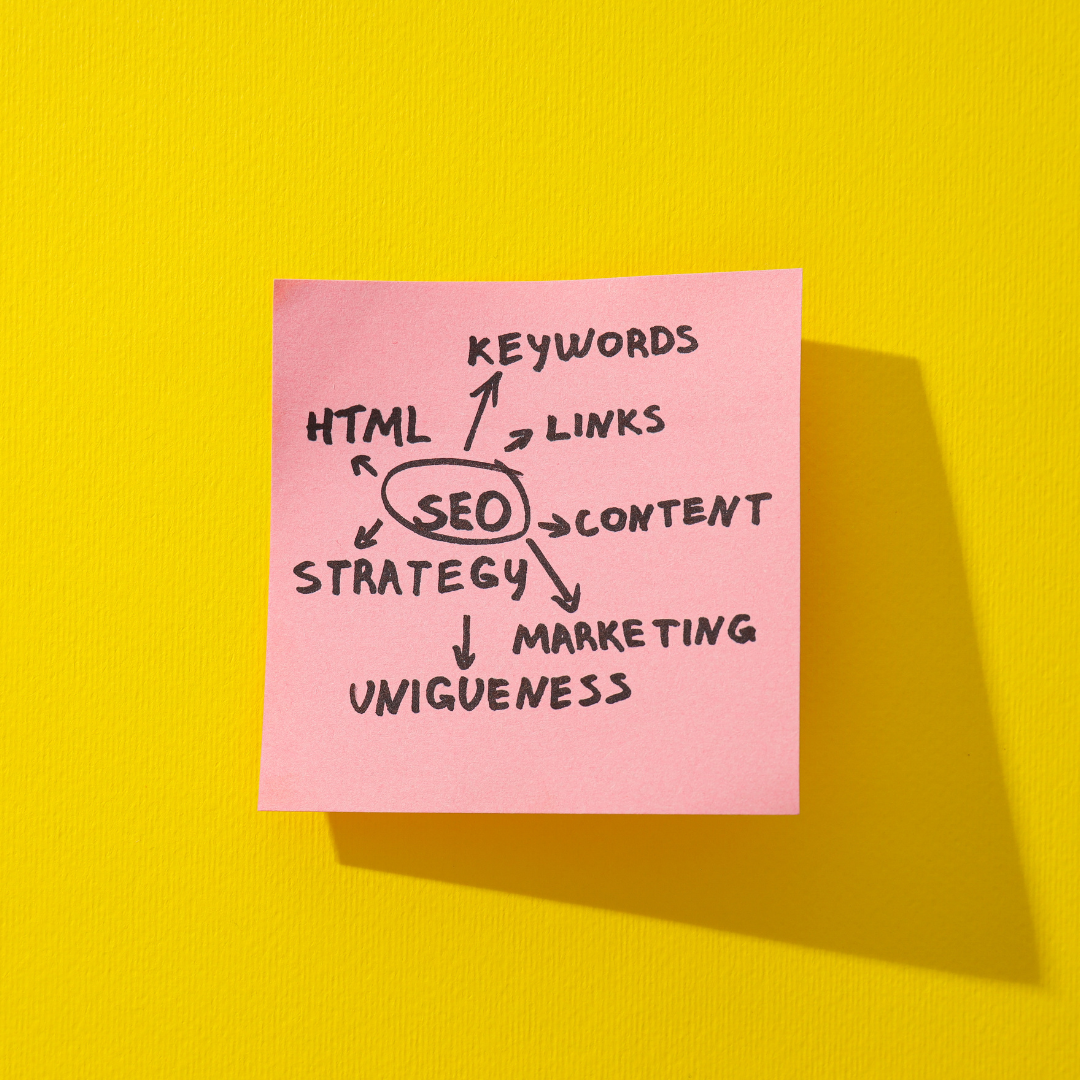Marketing Terms for Small Business Owners
Your Easy Guide to Key Definitions
At Let’s Do Marketing, we know that running a small business often means wearing many hats and marketing can feel like a whole new language. From confusing acronyms to unfamiliar strategies, it’s easy to feel overwhelmed when all you really want to do is grow your business.
That’s where we come in.
We support small businesses by breaking marketing down into manageable steps, offering practical training, and explaining industry terms in plain English. Understanding the basics, like what “CTA” or “bounce rate” really mean, can make a big difference in how confidently and effectively you promote your business.
To help you get started, we’ve put together this handy glossary of key marketing terms. It’s jargon-free, easy to digest, and designed specifically for small business owners who want to make smarter marketing decisions.
Start here and grow with confidence.
B2C: B2C stands for Business to Consumer. This means that you’re selling directly to the individual.
Bounce Rate: Bounce rate is the percentage of people who visit your website and leave without clicking on anything or going to another page. A high bounce rate may indicate that visitors aren’t finding what they’re looking for.
Brand: Your brand is how people see and feel about your business. It’s shaped by everything they experience. This includes your logo, website, customer service and content on the social media.
CTA (Call to Action): CTA stands for ‘Call to Action’. It’s a prompt that guides someone to do what you want them to do next. Examples of CTAs include: ‘sign up now’, ‘get in touch’, book a call’ or ‘download our guide’. A strong CTA grabs attention and makes it easy for someone to act.
Content Marketing: Content marketing involves creating and sharing useful articles, posts, videos or other materials that provide value to your customers. Offering helpful and engaging material is a great way to build trust and credibility within your audience, making them more likely to choose your business when they are ready to buy.
Want content that gets noticed and shared?
Join our Canva Workshop to create eye-catching designs that grow your audience. Book your spot here: https://www.letsdomarketing.co.uk/events
Conversion: A conversion is when someone takes the action you want. For example, buying a product, filling out a form or signing up to a mailing list. The Conversion Rate is the percentage of people who act compared to how many saw your ad, email or website.
CTR (Click-through Rate): Click-through rate (CTR) is the percentage of people that click on your ad, email or link after seeing it. A higher CTR means your message is clear and engaging to your audience, helping to drive more traffic to your website or landing page.
Digital Marketing: Digital marketing is how you promote your business online using websites, social media, email, search engines and other digital tools. It helps you reach the right people where they spend their time online - building relationships, driving traffic, increasing sales, and raising brand awareness.
Email Marketing: Email marketing involves sending emails to individuals that have signed up to your mailing list. These emails often include upcoming events, latest news, personalised discounts, and more. This type of marketing can help build strong relationships with customers, encourages repeat business, and keeps your business in their inbox and at the front of their mind.
Struggling to get people to open your emails?
Book your spot on our Email Marketing workshop to learn how to create campaigns that get results: https://www.letsdomarketing.co.uk/marketing-services/email-marketing
Impressions: An impression is counted each time an ad, post, or piece of content appears on someone’s screen. It doesn’t mean they clicked or interacted with it - just that it was shown. Tracking impressions helps you understand how many people have seen (or had the chance to see) your message.
KPI: KPI stands for Key Performance Indicators. These are measurable indicators that show how well your business is doing. By tracking KPIs, you can see what’s working, identify areas that need improvement and make better decisions to grow your business effectively.
Landing Page: A landing page is a web page designed to get visitors to take one specific action such as signing up for a newsletter, downloading a guide or making a purchase. A well-designed landing page focuses on guiding the visitor towards completing the said action.
Marketing Campaign: A marketing campaign is a planned series of marketing activities and messages designed to achieve a specific goal such as increasing sales, launching a product, or building awareness. Campaigns are often delivered across multiple channels like email, social media and advertising. These channels work together to reach the right audience with a clear and consistent message.
Marketing Plan: A marketing plan is a detailed set of actions your business takes to achieve its marketing goals. It outlines what you’ll do such as campaigns, content, social media or advertising along with when you’ll do it, who’s responsible, and what resources you’ll need. A good marketing plan turns your overall strategy into practical, step-by-step tasks that help keep you focused and on track.
Marketing Strategy: A marketing strategy is your big- picture plan. It defines why you’re marketing, who you’re targeting and what makes your business stand out. It sets the direction for all your marketing efforts by focusing on your goals, your audience and your unique selling point (USP)
Looking for a simple way to plan your marketing?
Download our free marketing strategy template to get started with confidence.
Open Rate: The percentage of people who opened your email out of the total number it was sent to. A higher open rate usually means your subject line was attention-grabbing and your email was sent at a good time. Tracking open rates helps you understand what catches your audience attention and can guide improvements to your email marketing.
PPC (pay-per-click): PPC stands for Pay-Per-Click. It’s a type of online advertising where you only pay when someone clicks on your ad. It’s commonly used on platforms like Google Ads and Facebook Ads to drive traffic to your website. PPC lets you to target specific audiences based on keywords, location, interest and more. This makes it a flexible and cost-effective way to attract potential customers whilst staying in control of your budget.
Social Media Marketing: Social media marketing involves using platforms like Facebook, LinkedIn, and Instagram to promote your business, connect with your audience, and share engaging content. It helps raise brand awareness, build real-time relationships, and attract both existing and new customers. This can include regular posts, paid ads, customer service, and campaigns that grow your community and drive traffic to your website.
SEO (Search Engine Optimisation): SEO is the process of improving your website, so it appears higher on Google when people search for things related to your business. It involves using the right keywords, creating helpful content and making sure your website is fast, mobile-friendly and easy to navigate.
Struggling to get your business noticed online?
Boost your online visibility with our SEO workshop. Sign up here: https://www.letsdomarketing.co.uk/events
This glossary gives you a solid foundation in key marketing terms, helping you feel more confident and in control of your marketing. Keep it handy as your business grows and refer whenever you need a quick refresher.
Marketing doesn’t have to be overwhelming when you understand the basics - and we’re here to support you as you take the next step.








